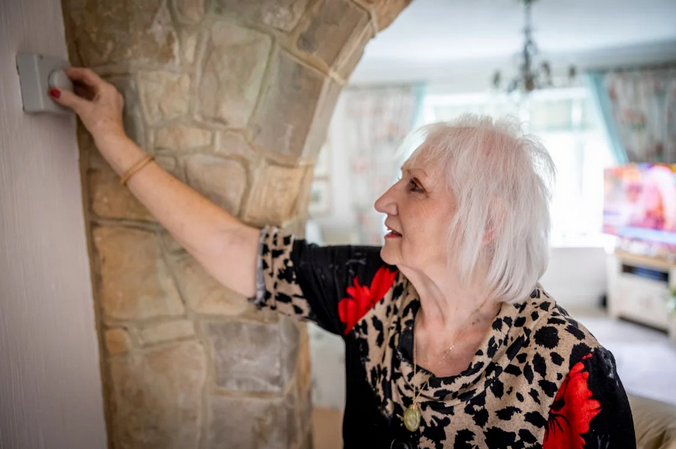When living in a small home or apartment, managing your heating, ventilation, and air conditioning (HVAC) needs can feel like a balancing act. You want a comfortable living environment without inflating your utility bills. Luckily, there are plenty of budget-friendly HVAC solutions designed specifically for smaller spaces. In this article, we’ll explore HVAC Secrets and options to keep your home comfortable while staying within your budget.
Consider a Ductless Mini-Split System
If your small home or apartment doesn’t have existing ductwork, a ductless mini-split system could be an excellent choice. These systems consist of an outdoor compressor unit and one or more indoor air handling units, offering both heating and cooling. Since mini-splits don’t require ducts, they’re ideal for apartments and homes with limited space.
Why it’s budget-friendly? Mini-split systems are energy-efficient, providing targeted heating or cooling in specific areas without the need for ductwork, which cuts down on installation costs. Additionally, many systems allow for room-by-room control, so you can heat or cool only the spaces you’re using, saving money on energy bills.
Optimize Your Existing HVAC System

If you already have an HVAC system installed, optimizing its performance can be a cost-effective way to improve comfort without replacing the whole system. Regular maintenance ensures your unit operates at peak efficiency and can prolong its lifespan.
Budget-friendly tips:
-
- Replace air filters regularly: Clogged filters make your system work harder, reducing efficiency and increasing energy costs. Check and replace filters every 30-60 days.
- Seal any air leaks: Gaps around windows, doors, and vents allow conditioned air to escape. Weatherproofing your home with inexpensive seals and caulking can help maintain the temperature inside, lowering your HVAC energy use.
- Get regular maintenance: Schedule an annual check-up with a professional technician to ensure everything is running smoothly and address minor issues before they become costly repairs.
Use Portable Air Conditioners and Space Heaters
For smaller spaces, portable air conditioners and space heaters can be an effective and budget-friendly way to control temperature without investing in a full-scale HVAC system. These units are easy to move and can target specific areas of your home that need cooling or heating.
Why it’s budget-friendly? These devices allow you to control the temperature of individual rooms, ensuring you’re not wasting energy heating or cooling areas that aren’t in use. They also tend to be more affordable upfront than installing a traditional HVAC system.
Use Programmable Thermostats for Energy Efficiency

Upgrading to a programmable thermostat can help you save money by optimizing your HVAC system’s performance. You can set the temperature to automatically adjust when you’re away or during the night when you’re sleeping. This ensures your system isn’t running when it doesn’t need to.
Why it’s budget-friendly? A programmable thermostat can reduce energy consumption by automatically adjusting the temperature based on your schedule, saving you money on utility bills.
Improve Insulation
Good insulation is one of the most cost-effective ways to keep your home comfortable while reducing HVAC costs. If your home has poor insulation, your HVAC system has to work harder to maintain your desired temperature, which drives up your energy bills. Ensuring that your home is properly insulated helps keep warm or cool air inside and minimizes strain on your system.
Budget-friendly tips:
-
- Insulate windows: Install thermal curtains or use window insulation film to help maintain the temperature inside your home.
- Seal attic and basement gaps: Insulating your attic and sealing any gaps in your basement can prevent air from leaking out of your home, making it easier for your HVAC system to regulate indoor temperatures.
There are many budget-friendly HVAC solutions available for small homes and apartments, from upgrading your thermostat to installing energy-efficient mini-split systems. By optimizing your existing system, considering alternative heating and cooling methods, and improving insulation, you can maintain a comfortable indoor environment without overspending on utilities. With the right approach, you can enjoy year-round comfort without breaking your budget.…